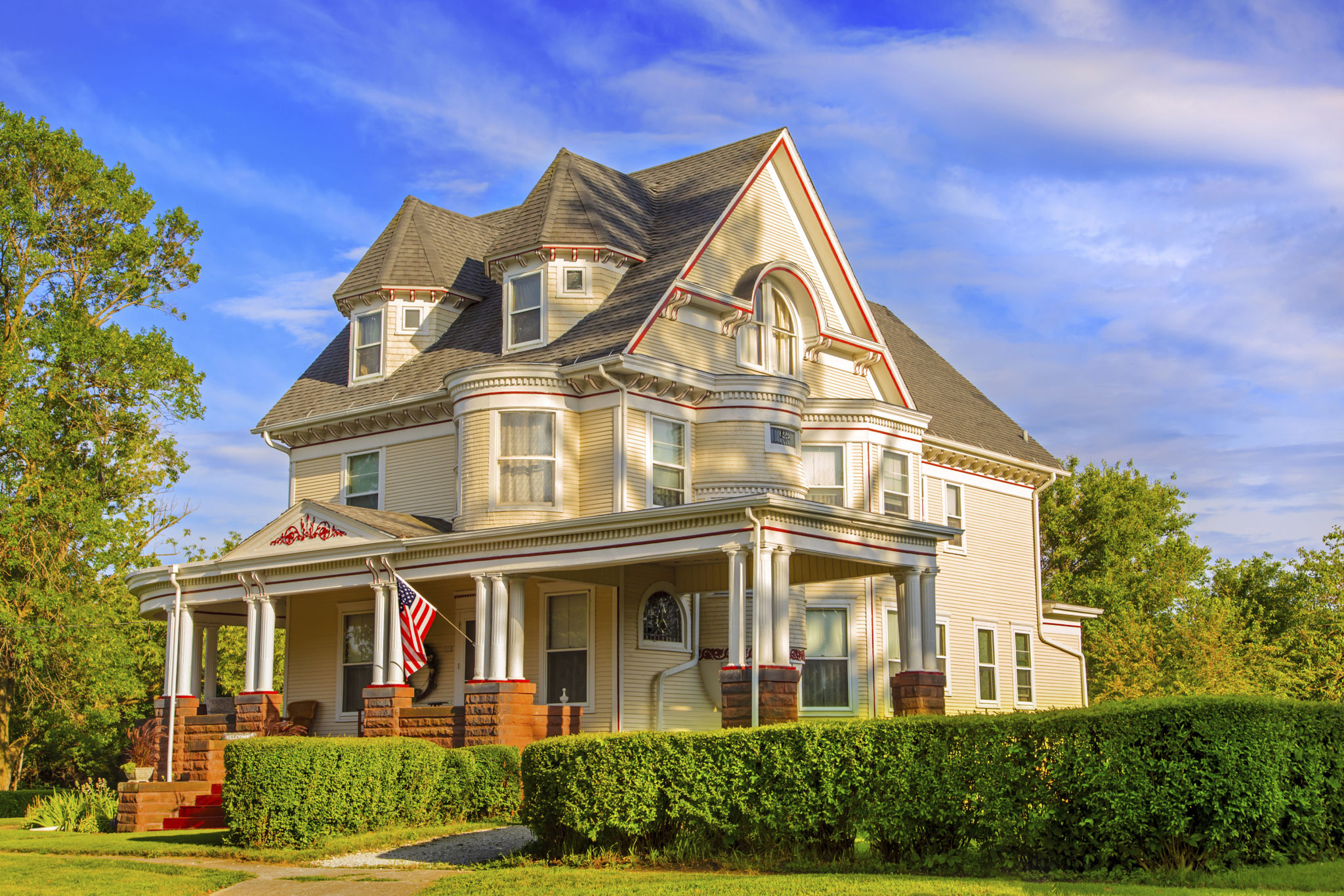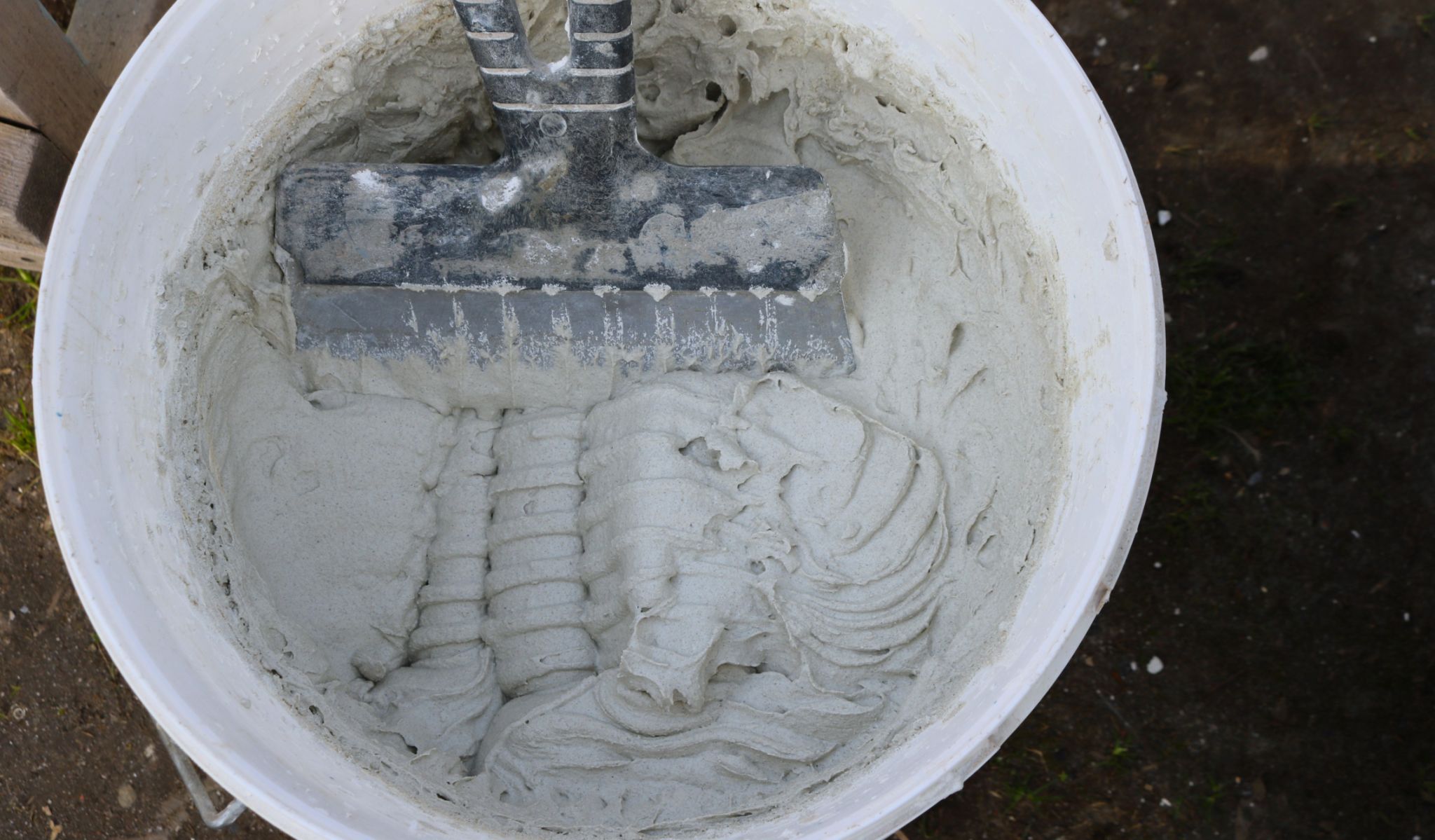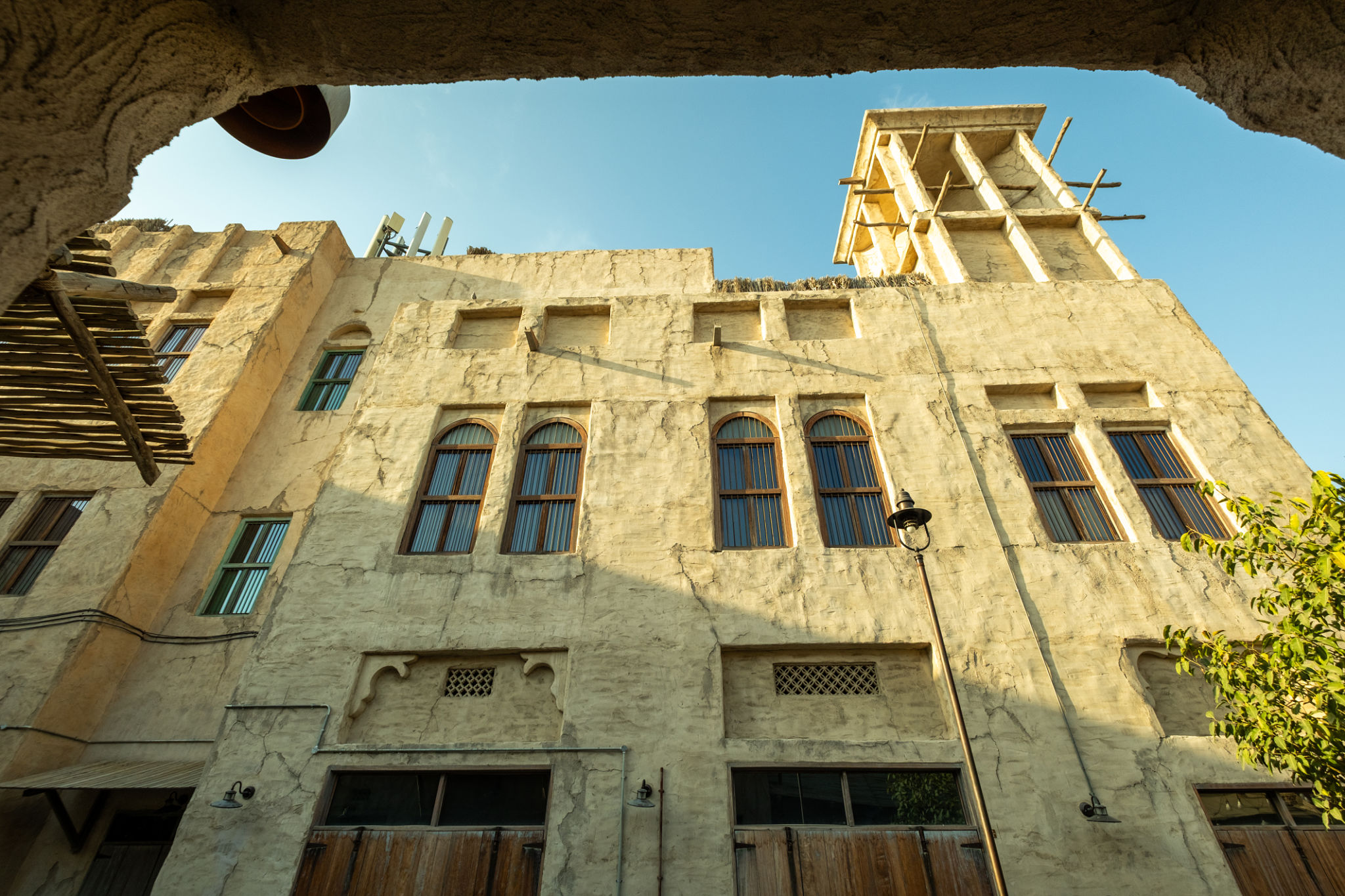Case Study: Successful Stucco Restoration in a Historic Dallas Home
Introduction to Stucco Restoration
In the heart of Dallas lies a historic gem that recently underwent a remarkable transformation. This blog post delves into the successful stucco restoration of a historic home, highlighting the meticulous process and outstanding results achieved. Restoring stucco on such properties is not just about preserving aesthetics but also about maintaining the structural integrity of the building.
Stucco, a material widely used in historic buildings, offers durability and a classic appearance. However, over time, exposure to the elements can lead to wear and damage. In this case study, we explore how experts revived a historic home's exterior, balancing traditional methods with modern techniques.

The History Behind the Home
This particular home, nestled in one of Dallas's most cherished neighborhoods, dates back to the early 1900s. Its rich history is reflected in its architectural details and elegant design. However, years of exposure had left the stucco façade cracked and faded, demanding urgent attention to preserve its historical significance.
The homeowners were keen on maintaining the original look while ensuring longevity. They enlisted a team of skilled restoration specialists who understood the importance of both aesthetic and structural preservation.
Assessment and Planning
The first step in the restoration process was a thorough assessment of the existing stucco. Experts examined the extent of damage, identifying areas that required repair or complete replacement. This involved detailed inspections to determine underlying issues that might have contributed to the deterioration.

After the assessment, a comprehensive plan was developed. This plan included choosing appropriate materials that matched the original stucco in texture and color, ensuring that the repairs would blend seamlessly with the existing structure.
The Restoration Process
The restoration process began with careful removal of damaged stucco sections. This step was crucial to prevent further structural issues. The team used traditional application techniques to apply new stucco, ensuring adherence to historical accuracy.
- Removal of damaged stucco
- Surface preparation
- Application of new stucco using traditional methods
Throughout this process, it was important to maintain a balance between restoring the home’s beauty and preserving its original character. The use of lime-based stucco was chosen for its breathability and compatibility with older structures.

Finishing Touches and Results
Once the new stucco was applied and allowed to cure, finishing touches were added. This included detailed work around windows and doors, ensuring that every element maintained the home’s historical charm. Custom color matching was performed to replicate the original hues, providing a flawless finish.
The results were nothing short of spectacular. The home now stands as a testament to expert craftsmanship and dedication to historical preservation. Its restored façade not only enhances its curb appeal but also ensures protection against future environmental factors.
Conclusion: A Triumph in Restoration
This case study highlights the importance of professional expertise in historic restorations. It showcases how careful planning and skilled execution can breathe new life into aging structures while respecting their storied past.
For homeowners looking to restore their historic properties, this project serves as an inspiring example of what can be achieved with dedication to quality and authenticity. By choosing experienced professionals who understand the nuances of historic materials and methods, it's possible to preserve history for future generations.

